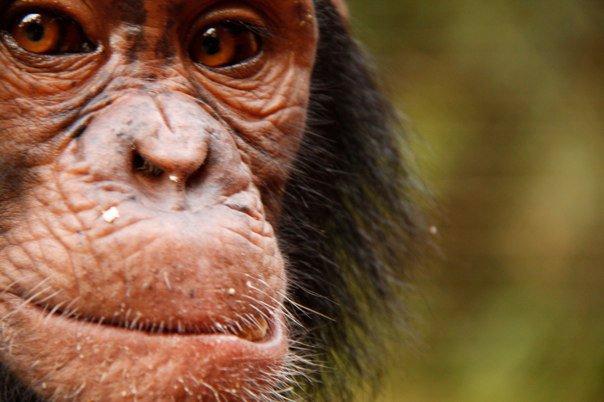
I’m heading off to Cameroon today to volunteer with two primate charities; Ape Action Africa and IDA Africa, as a neurophysiotherapist for three weeks. I first started working in this area about a year ago when I met Rachel Hogan, the manager of Ape Action Africa, at a Bristol fundraising event.
Ape Action Africa and IDA run two sanctuaries in Cameroon, West Africa, where they rehabilitate gorillas, chimpanzees and other primates who are rescued from the illegal bushmeat trade. Thousands of animals are killed each year in West and Central Africa and sold across the world into the illegal bushmeat trade. The youngsters are not worth anything for meat and so are either sold into the pet trade or left to die. Ape Action Africa rescues these animals and rehabilitates them back to the stage where they can be reintroduced into normal, social groups with others of their own species.
When I met Rachel she explained that due to the brutal nature of the bushmeat and pet trades many of the youngsters come into the sanctuary with head injuries and spinal injuries. Many also develop meningitis, resulting in neurological damage. I have always been passionate about primates and was very keen to help out and use my skills in neurophysiotherapy in any way I could.
My first primate patient was a six year old chimpanzee called Arvid. Arvid was rescued from the pet trade when he was approximately three years old and featured in the television documentary ‘Going Ape 2’. Arvid has responded well to the rehabilitation process at IDA’s Sanaga Yong Chimpanzee Rescue Centre in the Eastern Province of Cameroon. He was gradually reintroduced to other chimps and was living a normal chimp life as one of a large social group. However, in the autumn of 2009 Arvid contracted meningitis, leaving him paralysed from the neck down, deaf and blind. His sight and hearing gradually returned but he was struggling to recover any movement in his trunk or limbs. Rachel put me in touch with Dr Sheri Speede, the vet working with Arvid, and over the past year she has kept me updated with regular emails, photos and video footage of Arvid. I have been able to advise Dr Speede on Arvid’s physiotherapy management including his positioning, stretches and exercise programmes. Arvid has regained some activity in his hands, feet and arms but is still requiring round-the-clock care from his keepers and the volunteers at the centre. I’m incredibly excited about the opportunity to finally meet Arvid and be able to do some ‘hands on’ therapy with him!
Kirsty Godwin-Pearson